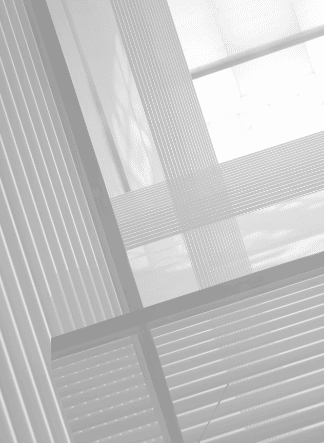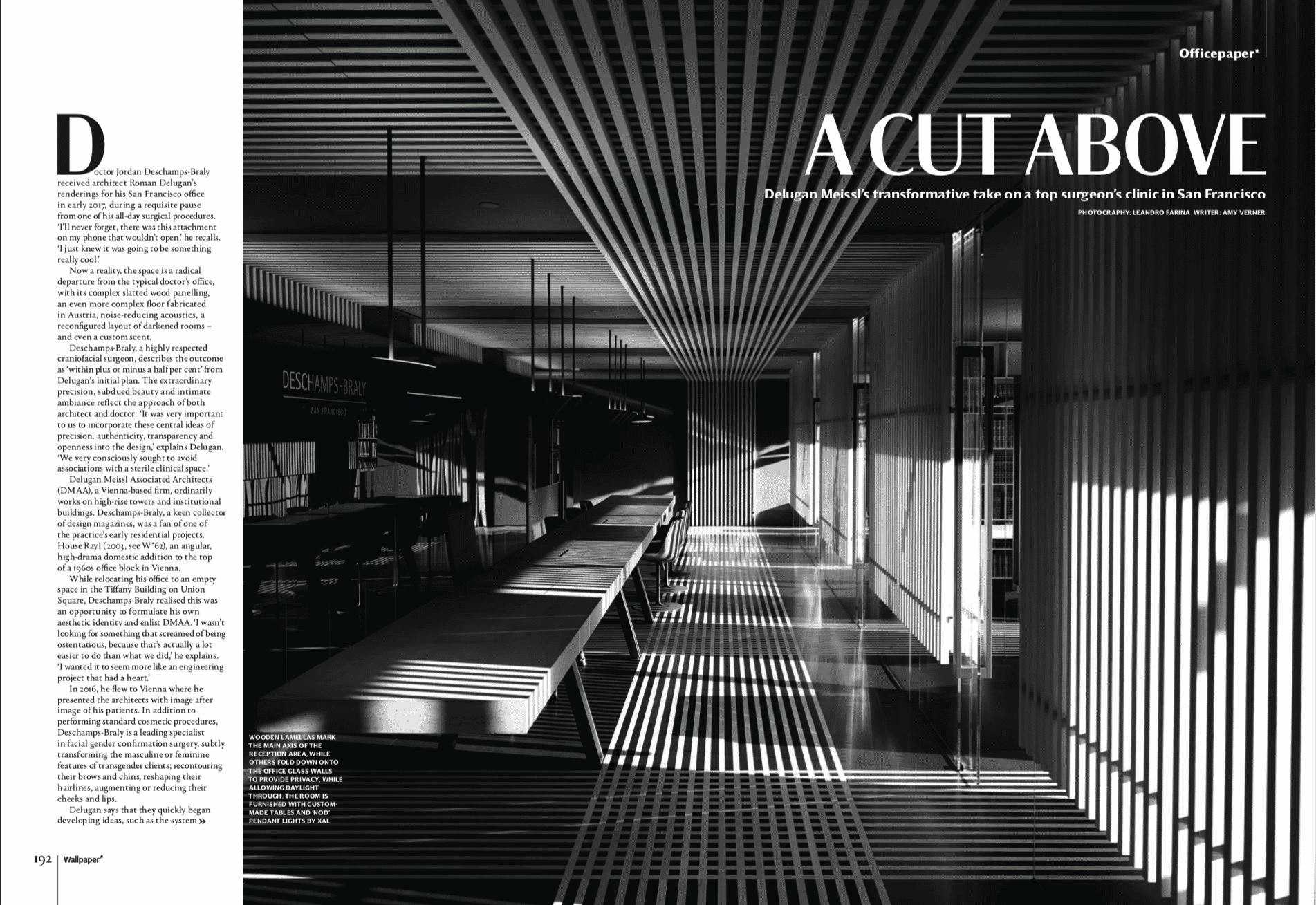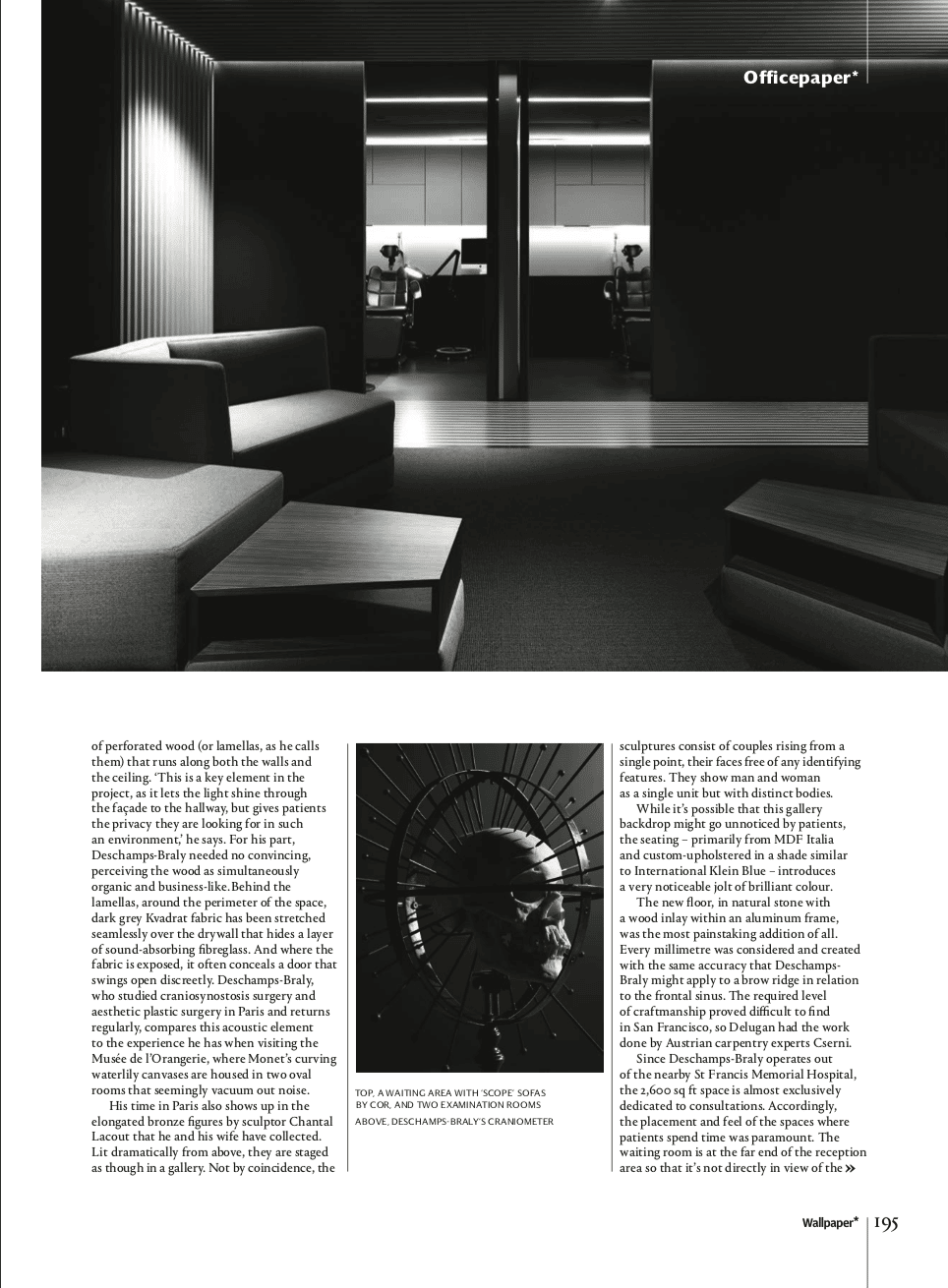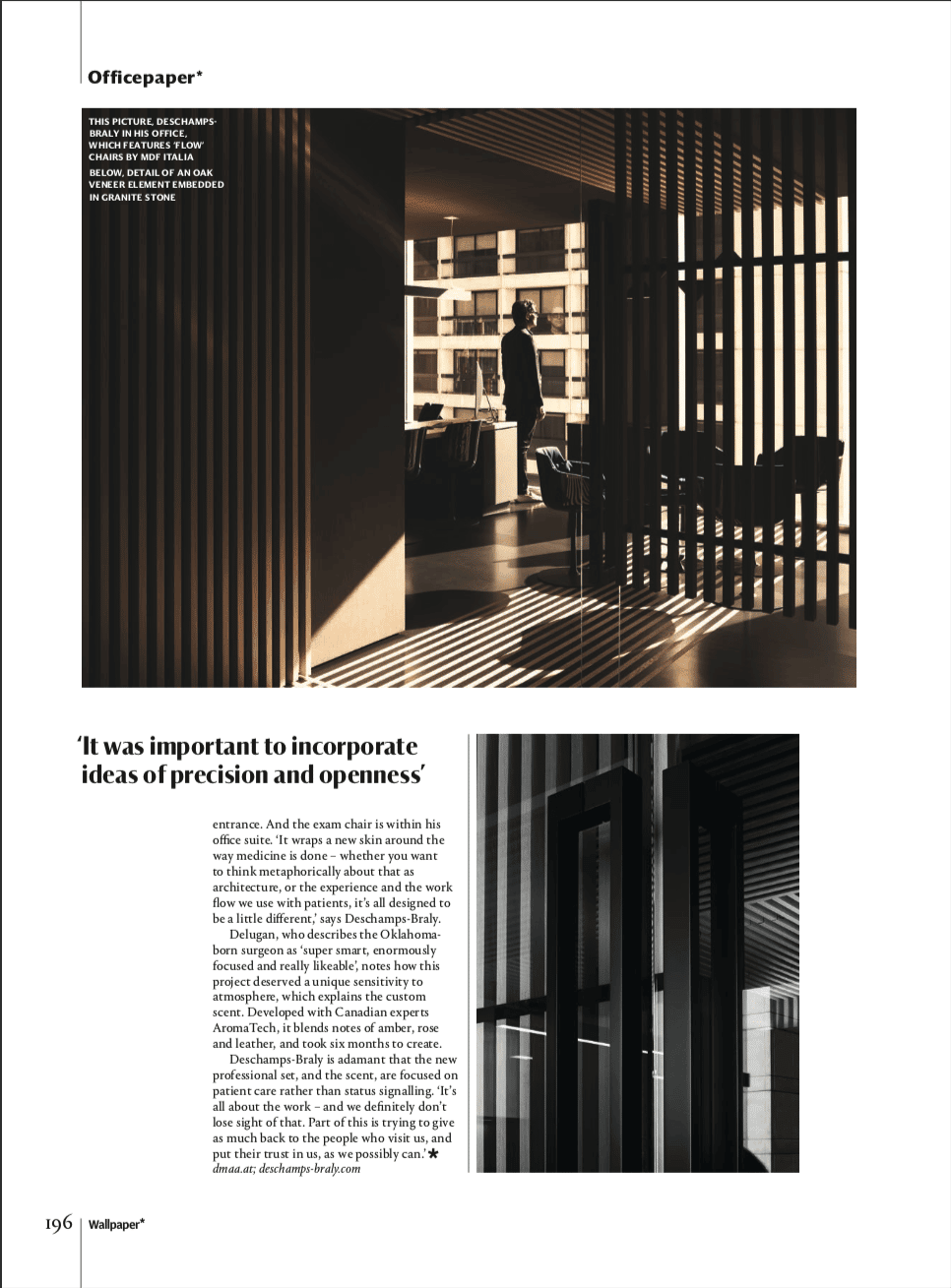
Facial Feminization and Jaw Surgery: Which Comes First?
Many people – including those considering facial feminization – need orthognathic surgery (corrective jaw surgery) to correct functional and aesthetic issues with their teeth, chewing and/or jaw structure. These include:
- Underbite – the lower teeth overlap the upper teeth and the chin appears large because the lower jaw protrudes
- Overbite – the upper teeth overlap the lower teeth forcing the lower jaw backward towards the ears causing small or “invisible” chin
- Crossbite – mismatched jaw sizes or crooked jaw and alignment of the teeth
- Open bite – jaws cause the teeth to protrude and cause an open space between upper and lower jaw even when the mouth is closed
- Long face syndrome – or vertical maxillary excess, can result in an excessively elongated face and a “gummy smile” (Read more about long face syndrome and FFS here.)
- Disproportion in the position of the upper jaw (maxilla) and teeth in relation to the upper lip – or labio-dental disproportion, is another type of vertical maxillary position problem
Regardless of the length of your face, labio-dental disproportion is the main feature used to determine the position of the upper jaw during orthognathic surgery. In the context of facial feminization surgery (FFS), the maxilla must be positioned in anticipation of any future lip shortening and must be integrated into the entire plan. A consultation for FFS should precede orthognathic surgery and, to ensure a harmonious result, it is preferable if the same surgeon performs both procedures.
Any jaw surgery will impact the overall aesthetics of your face. The diversity of surgical procedures needed for combined corrective jaw surgery and FFS requires an element of artistry and timing combined with the techniques of plastic surgery (soft tissues), craniofacial surgery (the underlying facial skeleton), and orthognathic surgery.
Consulting with a surgeon trained in all three specialties, such as Dr. Deschamps-Braly, has the advantage of facilitating an integrated approach and optimal timing for any surgeries needed and is more likely to give you the best possible aesthetic and functional result.
Phasing of Corrective Jaw Surgery with Facial Feminization
One of the most frequently asked questions we receive from people needing corrective jaw surgery and considering FFS is: Which comes first, facial feminization or corrective jaw surgery for my bite?
In general, we suggest FFS procedures are performed at least six months after corrective jaw procedures.
Depending on the corrective surgery needed, it might not be physically possible to perform FFS at the same time as corrective jaw surgery. For example:
An additional consideration is that feminizing procedures such as lip lifts and jaw contouring are better used to improve your feminine appearance after your bite or other lower face anatomical characteristics have been corrected.
Phasing of Facial Feminization surgery
Once your corrective jaw surgery is completed, we typically recommend FFS be considered as a cluster of procedures that can be completed as:
- A single long-format session to feminize the entire face
- Two phases of surgery on related parts – such as the upper face (forehead and nose) and lower face (jaw and chin) – can be performed days or even years apart
In either case, we typically phase our FFS procedures in a “top-down” approach because in many people the forehead and nose are the most prominent features of the face.
Forehead and Nose
Successful FFS creates a nose with feminine size and shape and an appropriate transition between the forehead and nose.
Simultaneous surgery on the forehead and nose enables the surgeon to have better control over the angle between the forehead and nose. Depending on your facial characteristics, age and ethnicity, the procedures involved can include:
Jaw and Chin
While corrective jaw surgery will enhance the general function and aesthetics of your jaw and bite, in some cases it might also begin to contribute to a more feminine appearance. This is because the chin and jaw represent most of the area of the lower face and contribute strongly to a more masculine appearance.
In general, we recommend FFS for the jaw and chin are performed together so the contour of the jaw after surgery matches the chin.
Depending on the structure of your face after your corrective jaw surgery, feminizing the lower part of your face might require feminizing jaw surgery to create:
- a smaller, narrower and less square jaw
- a thinner, lower jawbone (mandible)
- a shorter and less angular chin
Feminizing the jaw (called jaw contouring, jaw shaping or jaw reduction) typically involves removing bone to contour and shape the jaw so it is narrower and less square. As mentioned above, if performed after your corrective jaw surgery, jaw contouring will be able to improve your jawline to give you the best possible feminine appearance.
Jaw contouring procedures include:
reshaping of the back corner of the lower jaw bone so it appears rounder and less square
shaving bone off the lower edge of the jaw to make the jawline narrower and more feminine
reduction of chewing muscles to give a narrower appearance (Masseter muscle reduction – can be either a surgical or non-surgical procedure).
To decrease the risk of complications, corrective lower jaw surgeries and/or removal of wisdom teeth should be completed six months before jaw contouring.
Surgery to feminize the chin (genioplasty/mentoplasty) usually involves removing bone to decrease the height and width of the masculine chin. The shape of your chin might have changed after any corrective jaw surgery, but if you have a receding chin, the bone is repositioned forwards so as to correct the profile of the face.
Want to know more?
References – for those who like to dig deeper



 –
– 








